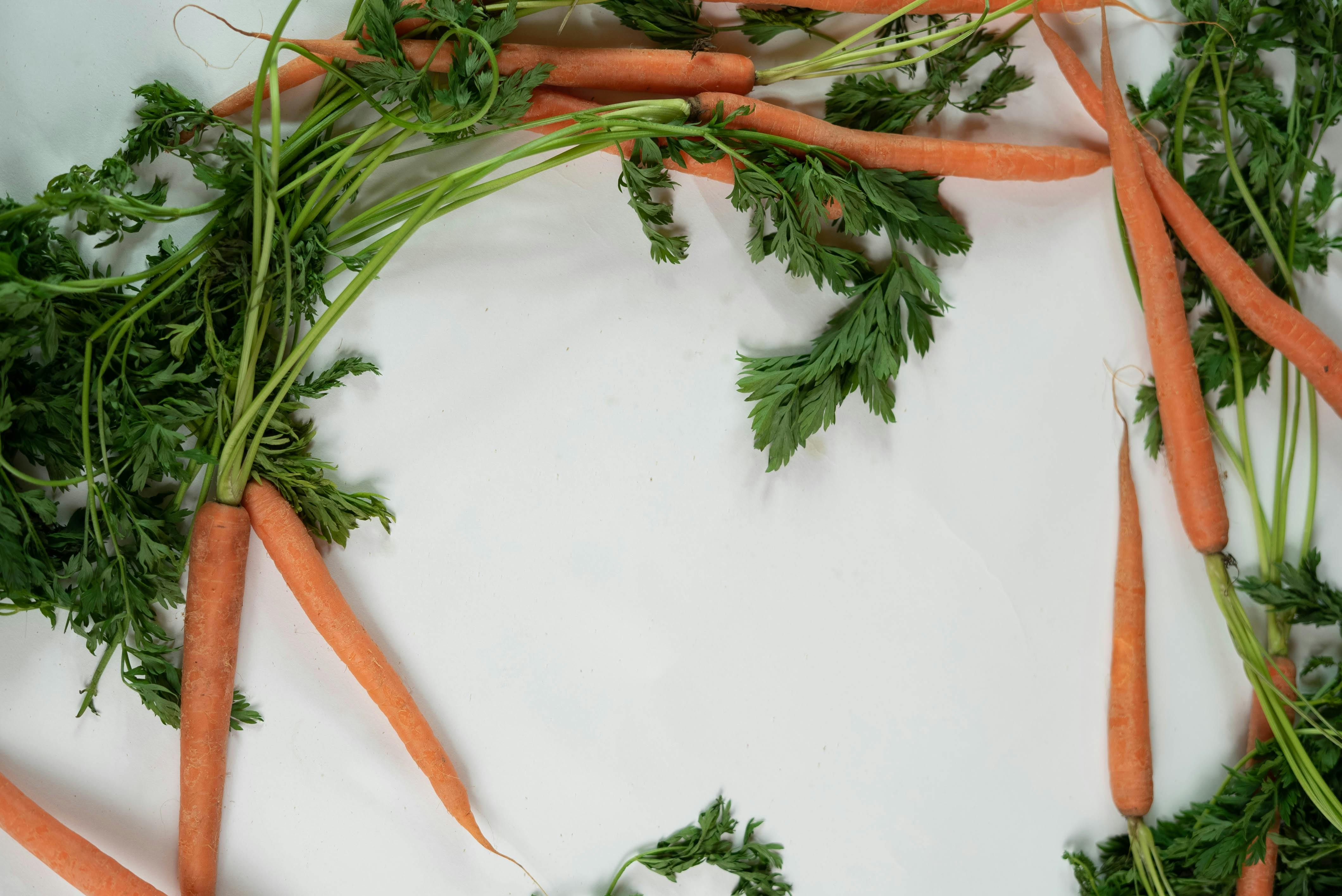
Does leather conditioner clog pores?
I have heard some strange theories about the care and maintenance of leather. Recently, it came to my attention that there are people who believe that conditioners are bad for leather as they “clog pores”. I have no idea how they came up with their theory. Does it clog pores? What does that mean? Is the leather going to develop a “blackhead” or pimple due to clogged pores?
Here are the facts. Note that the cow is dead. The pores are not functional. The animal no longer sweats. The animal does not produce any more body oils. Nothing comes out of the interior of the skin through the pores. What needs to be blocked?
Furthermore, a pore is just a structural element found in the topography of a skin. Viewed under a microscope (even a simple magnifying glass) will show that the pore structure represents a small percentage of the total surface area. Leather is absorbent across its entire surface, not just in the pores.
If you put in a lot of a heavy, greasy substance like some leather conditioner manufacturers propose, the real problem is that the leather can’t absorb it. So it dries on the surface and leaves the leather feeling sticky, sticky (clogged pores?).
Consider the following:
1. Leather has a moisture content of about 25% coming out of the tannery.
2. That moisture evaporates into the atmosphere at a rate based on 3 variables: A) humidity B) temperature and C) porosity of the skin. (An unfinished leather will dry faster than a finished leather because it loses moisture at a faster rate since the natural surface of the leather is not coated. A finished leather has a coating that will retain moisture longer. In both cases , moisture is lost from the suede side as well.) The heavier the finish, the slower the rate of moisture loss. The corollary is that a highly finished leather will be less absorbent of any wetting agent. If it’s slow to get out, then it’s also slow to get in.
3. As leather loses moisture, the fiber bundles lose their internal lubrication and the leather stiffens. Also, it loses some of its mass, so it contracts.
4. The purpose of a conditioner is to replenish lost moisture, improving flexibility and prolonging the life of the leather. Period.
5. Do not replenish moisture (do not apply conditioner) and it will surely shorten the life of the leather as it dries.
pH balance
What is much more important is to understand that leather is acidic (4.5 to 5.0 on a pH scale). Much harm is done by applying a chemistry that is not pH balanced on the leather, as it will induce a chemical reaction that breaks down (rots) the fiber structure. Consider body oil buildup: Some people are very caustic (pH below 3.5), causing the leather to disappear. Advanced Leather Solutions cleaners and conditioners are pH balanced for leather, helping to correct any pH imbalances that combat the breakdown effect.
Museums use non-volatile moisturizers.
At the conservation and preservation (museum) level, it is true that a standard grade conditioner MAY do more harm than good. Once the leather reaches a certain level of moisture loss (estimated below 5-10%), adding a greasy conditioner at that point can cause the leather to soften. (Think of cardboard when it gets wet.) Therefore, the goal is to ensure that the moisture content of the leather never drops to such a low level by regularly conditioning your fine leathers.
Most conditioners are made from organic products like oxfoot oil, which are also the “natural oils” that are infused into the leather at the tannery. Organic compounds are volatile, meaning they evaporate, which is the main reason why leather needs moisture added from time to time.
A non-volatile humectant is synthetic and does not evaporate. However, they are very expensive, so tanneries generally do not use them. Advanced Leather Solutions has developed a deep penetrating moisturizer that is a non-volatile conditioner. It is a highly specialized chemistry that acts like countless tiny ball bearings infused within the fiber structure. In that sense it is not a liquid (it does not evaporate). Once applied, you do not have to continually moisturize as it is not lost to the atmosphere.